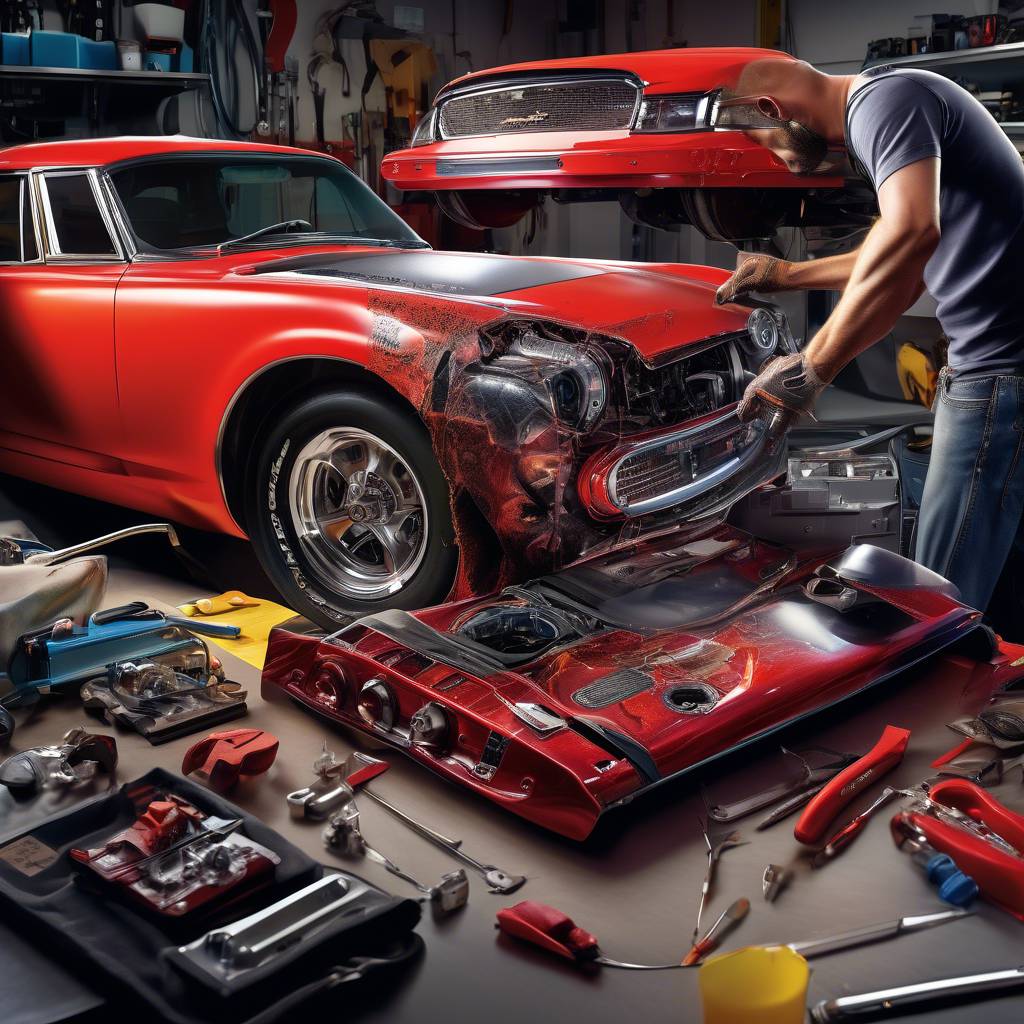Auto body repair has evolved significantly in recent years, transitioning from a craft-based industry to a high-tech field. The increasing prevalence of sensors and cameras in modern vehicles has made the repair process more complex, as these components require precise alignment and calibration. These sensors and cameras are essential for advanced safety features such as automatic emergency braking and blind spot monitoring, which can significantly reduce the risk of crashes. While these systems can prevent injuries and reduce crash rates, they also add to repair costs, with sensor and camera repairs now accounting for a significant portion of post-crash repairs.
The repair process for sensors and cameras can vary greatly depending on the vehicle manufacturer and model. Some vehicles require dynamic calibration, where the vehicle must be driven on real roads for testing, while others require static calibration using special equipment in a workshop. This means that auto body repair technicians need specialized training and expertise to perform these recalibrations effectively. The shortage of qualified technicians in the industry has led to higher wages and increased training requirements, putting pressure on both repair shops and insurance companies.
Insurance companies have also had to adapt to the changing landscape of auto body repair, with claims adjusters needing to understand the nuances of repairing automated systems. Adjusters are receiving more frequent and targeted training to stay up-to-date on the latest repair techniques and technologies. The complexity of these repairs and the variety of procedures required for different vehicles have made the job of a claims adjuster more challenging, requiring a deep understanding of the repair process and the specific requirements for each vehicle.
The impact of sensors and cameras on collision repairs goes beyond just the financial aspect. These systems play a crucial role in preventing accidents and protecting vehicle occupants and pedestrians. Even minor misalignments in sensors or cameras can lead to erratic behavior in the system, highlighting the importance of accurate calibration in the repair process. As technology continues to advance in the automotive industry, the need for skilled technicians and knowledgeable claims adjusters will only continue to grow.
Overall, the shift towards high-tech auto body repair represents a significant change in the industry, with sensors and cameras becoming integral components of modern vehicles. These advanced safety features not only reduce the likelihood of accidents but also contribute to higher repair costs and increased training requirements for technicians and claims adjusters. Adapting to these changes is essential for repair shops, insurance companies, and technicians to ensure the safe and effective repair of vehicles equipped with these advanced systems.








